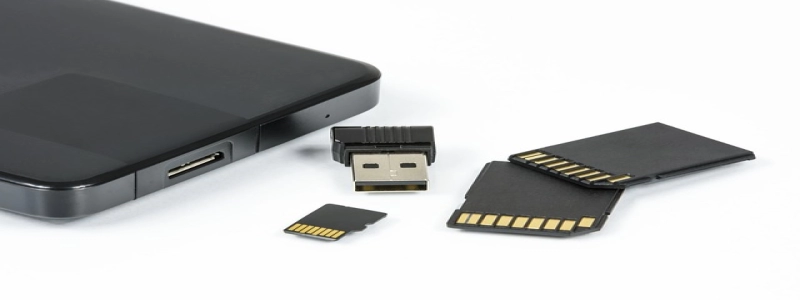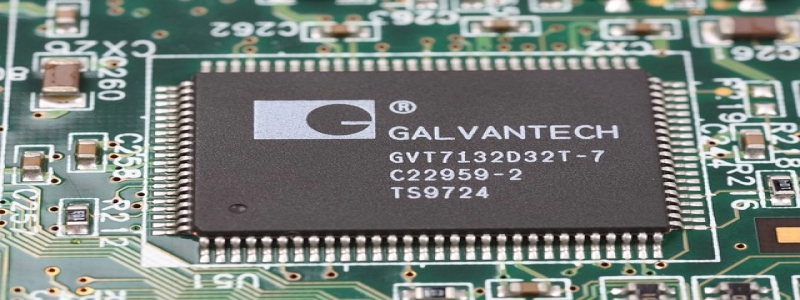[SFP MSA] Small Form-factor Pluggable Multi-Source Agreement
1. Introduction
The Small Form-factor Pluggable (SFP) Multi-Source Agreement (MSA) is a standard for optical transceivers used in computer networking and telecommunications. This article provides an overview of the SFP MSA, its benefits, and its application in the industry.
2. Overview of SFP MSA
2.1 What is SFP MSA?
SFP MSA is an industry-wide standard that defines the mechanical, electrical, and functional specifications for the SFP transceivers. It ensures interoperability and compatibility between transceivers from different manufacturers, allowing users to mix and match components according to their specific requirements.
2.2 Key Features of SFP MSA
The SFP MSA specifies the following key features:
2.2.1 Compact Size
The SFP transceivers have a compact form-factor, allowing for high port density and flexibility in network design. They can be used in a variety of networking equipment, including switches, routers, and network interface cards.
2.2.2 Hot-Pluggable
SFP transceivers are hot-pluggable, meaning they can be inserted or removed from a live system without disrupting network operations. This enables easy upgrades, replacements, or additions of transceivers without causing downtime.
2.2.3 Interchangeable
SFP transceivers are interchangeable, regardless of the equipment manufacturer. This eliminates vendor lock-in and gives users the freedom to choose the best transceivers for their specific needs.
3. Benefits of SFP MSA
3.1 Flexibility
Due to the interchangeable nature of SFP transceivers, users can easily adapt their network infrastructure to evolving needs without having to replace the entire networking equipment. This flexibility allows for cost-effective and scalable network solutions.
3.2 Future-Proofing
With SFP MSA, users can be confident that their network infrastructure will be compatible with future advancements in optical technology. As new and improved transceivers are released, they can simply upgrade the existing SFP modules without requiring significant changes to the overall network architecture.
3.3 Simplified Inventory Management
The standardization provided by SFP MSA simplifies inventory management for network operators. Instead of stocking various incompatible transceivers, they can maintain a stock of SFP modules that are compatible with a wide range of networking equipment.
4. Applications of SFP MSA
4.1 Data Centers
SFP transceivers are widely used in data centers for interconnecting switches, servers, and storage devices. Their compact size and hot-pluggable nature make them ideal for high-density data center environments.
4.2 Telecommunications
Telecommunication networks utilize SFP transceivers to provide seamless connectivity between different network elements. The flexible nature of SFP MSA allows service providers to offer various connection options to their customers while minimizing the need for complex equipment configurations.
4.3 Enterprise Networks
In enterprise networks, SFP transceivers are deployed in switches and routers to enable high-speed data transmission over fiber optic or copper cables. Their hot-pluggable feature simplifies network maintenance and upgrades in business environments.
5. Conclusion
The SFP MSA provides a standardized approach to optical transceiver technology, enabling compatibility, flexibility, and scalability in networking solutions. Its compact size, hot-pluggable nature, and interchangeability make it a preferred choice for data centers, telecommunications, and enterprise networks. By adopting SFP MSA, organizations can future-proof their network infrastructure and simplify their inventory management processes.








